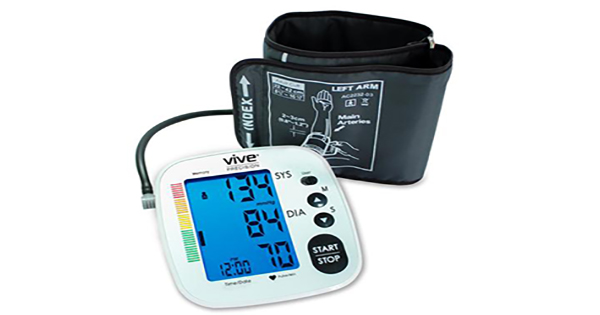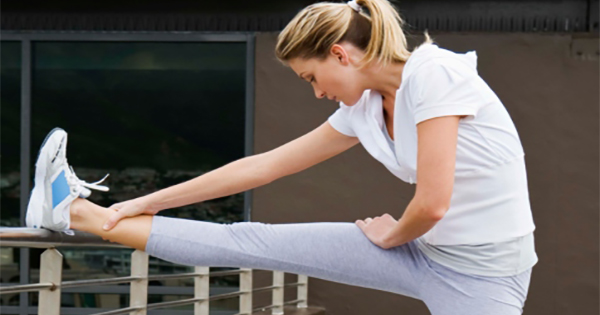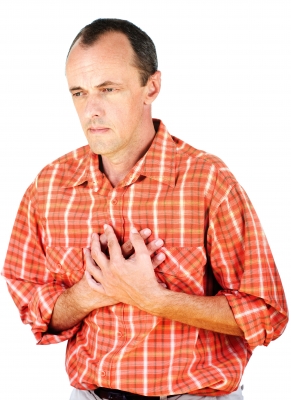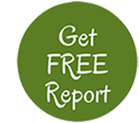Home Blood Pressure Monitor: A Review
 Monitoring blood pressure at home is one step you can take to supplement clinic monitoring for a more complete representation of your typical blood pressure throughout the day.
Monitoring blood pressure at home is one step you can take to supplement clinic monitoring for a more complete representation of your typical blood pressure throughout the day.
There are a wide variety of blood pressure monitors available. The American Heart Association, American Society of Hypertension, and Preventive Cardiovascular Nurses Association all recommend upper arm devices for greater accuracy. Avoid wrist and finger monitors.
When purchasing a home blood pressure monitor, it’s important you consult with your doctor or medical supply company to ensure you select an appropriate cuff size.
Vive Precision Blood Pressure Monitor
ViveHealth.com gifted me with a Vive Precision Blood Pressure Monitor along with compensation to review this device. That being said, all opinions in this review are my own.
The Vive blood pressure monitor comes with a large, easy to read display and is battery or AC power compatible. The product I received came packaged with the four AAA batteries needed. It did NOT come with the AC adapter. Looks like it requires a standard DC V6 adapter. I do like battery operated… one less cord to wrangle and the device notifies you if the battery power is getting low.
Where should heart rate after exercise fall?

Heart rate after exercise may be used as an indicator of your heart fitness.
Normal resting heart rate
According to the National Institute of Health, normal average resting heart rate should be:
- 60 – 100 beats per minutes for children 10 years and older, as well as adults/seniors
- 40-60 beats per minute for well-trained athletes
Target heart rate during exercise
For moderate intensity activities your target heart rate is 50 – 69% maximum heart rate. For vigorous activity levels your target heart rate is 70-85% maximum heart rate.
To calculate your target heart rate subtract your age from 220. This gives you your maximum heart rate. Now, multiple your maximum heart rate by 0.5 and 0.69 to obtain your target heart rate range for moderate intensity activities. Multiply your maximum heart rate by 0.7 and 0.85 to obtain your target heart rate range for vigorous activities.
Depending on your goal intensity – moderate vs. vigorous – your heart rate should fall within your target heart rate range during activities.
If you are typically inactive, set your goal for the lower end (50-60% maximum heart rate) and work your way up over time.
There are blood pressure medications that lower maximum heart rates. Discuss with your doctor if you currently take blood pressure medications. Your target heart rate zone may need to be adjusted.
Continue reading
Substitute Lean Pork for Chicken or Fish to Lower Blood Pressure

The DASH (Dietary Approaches to Stop Hypertension) diet is a plan to lower blood pressure levels. This approach incorporates a diet low in saturated fat and rich in low-fat-dairy, fruits, and vegetable.
The DASH diet includes lean, unprocessed meats in appropriate serving sizes, with two or fewer servings consumed daily. One serving of meat equals three ounces. For a visual, three ounces is about the size of a deck of cards.
A study published in the American Journal of Clinical Nutrition compared the impact of lean, unprocessed pork consumption with chicken and fish as dominant protein sources within this diet plan. Researchers determined lean pork could effectively be incorporated into a DASH-style diet promoting lower blood pressure.
Keep in mind, this only applies to unprocessed lean pork, such as tenderloins or uncured ham with visible fat trimmed. Research does NOT support adding other cuts or types of pork products that are higher in fat and salt to a DASH diet promoting low blood pressure.
Continue reading
Safe Exercise for Heart Disease
 Exercise is beneficial for everyone, even those who have heart disease or have had a heart attack. Regular exercise can strengthen your heart, promote quicker recovery, and reduce dependence on medication.
Exercise is beneficial for everyone, even those who have heart disease or have had a heart attack. Regular exercise can strengthen your heart, promote quicker recovery, and reduce dependence on medication.
Heart benefits of exercise include:
- Lower blood pressure
- Increased HDL cholesterol levels
- Reduced triglycerides
- Decreased LDL cholesterol levels
- Reduced symptoms of heart failure
- Improved circulation
- Stronger heart muscle
- Blood sugar control
- Weight loss
- Reduced angina
However, you do need to be cautious before starting an exercise routine if you have heart disease or have had a heart attack.
Discuss with your doctor first
It’s especially important to discuss exercise with your doctor if you recently had a heart attack, are experiencing chest pain/pressure or shortness of breath, have diabetes, or recently had a heart procedure.
Some questions to ask your doctor include…
Continue reading
What Fruits Are in Season?
We all know how important it is to get your fruits and veggies in. Breakfast is a huge part of the day and healthy snacks in between are important to keep your metabolism going. If you want to get the full benefits of the delicious fruits you are eating, it is best to eat seasonally. Not only are you supporting local farmers but you get the freshest produce since they are not being frozen, packaged or shipped.
Shari’s Berries has created a chart with over 50 fruits and their peak season. Use fresh apricots in your favorite nonfat yogurt or infuse your water with blueberries. The good news is, there are a variety of options all year long.
Continue reading
Heart Attack vs. Panic Attack: When to seek medical attention

Heart disease impacts your heart muscle, blood vessels, and electrical system. Coronary artery disease is the most common form of heart disease. Coronary artery disease involves the build-up of plaque deposits on artery walls. This plaque build-up is called atherosclerosis. When this plaque ruptures it cause a blood clot to suddenly block an artery. If this happens within the heart, it causes a heart attack. When this occurs, it’s imperative you receive life-saving treatment within the first 30-minutes to prevent permanent damage and death.
Symptoms
Chest pain and breathing difficult are common symptoms for both a panic attack and a heart attack. Additional symptoms for both can include palpitations, dizziness, feelings of impending doom, burning sensation in the chest, numbness of hands and feet, unusual fatigue, fainting, and sweating. Panic attacks occur spontaneously, maybe triggered by a stressful event. Chest pains, as a part of anxiety, are not normally considered to be dangerous. However, chest pain and breathing difficulty can also be signs of a lack of blood flow to the heart muscle.
How do you differentiate?
Heart Attack:
- Increasing chest pain reaching max severity in a few minutes
- Constant pressure, pain, aching
- Left chest pain
- Pain that radiates from the chest to other locations
- Pain connected to movement or exertion
Panic Attack: Continue reading



